- The increase in steel, aluminium, and nickel prices have hammered the Forging Industry in India
- High fuel prices are still impacting customers and affecting purchase decisions
- EVs could have disruptive implications on the forging and auto component industry
- The high raw material prices continue to be a challenge
The Association of Indian Forging Industry (AIFI) has witnessed a challenging time in the first half of 2022 as a result of increased input costs, particularly steel, aluminium, and nickel prices. The Forging sector, combined with a decrease in automotive demand, is expected to reduce capacity utilization in FY23. The first half of the year was the most difficult for most forging companies, particularly those in the small and medium segment, which are expected to witness a 50% decline in production in FY23. The last two fiscal years have seen a double-digit fall in India’s overall automotive sales due to the COVID-19 outbreak and various factors, including a shortage of semiconductor chips, rising input costs, rising commodity prices, and rising fuel costs (FY20 and FY21). Thus, the overall auto- components and forging industry have not seen an improvement in their order books.
The Automobile industry in India has been witnessing a gradual improvement in month-on-month sales for H1 2022 for most segments barring the tractor segment. The tractor segment witnessed – 5.34 per cent growth in the first half of 2022. The forging sector has been impacted by a sharp drop in tractor sales, which consume more forging components than any other vehicle. Furthermore, steel contributes for 70% of the forging industry’s input expenses. Other metals required by the industry, such as nickel, chromium, molybdenum, and titanium, have also seen volatile prices.
The Association of Indian Forging Industry (AIFI), the apex body of the Indian forging sector, has expressed concerns to the government over high steel, aluminium, and nickel prices, as the increase in steel prices has damaged the Indian forging industry. As a result, the forging industry is feeling the heat of increasing production costs, and the post-pandemic recovery may be pushed back, with a revival taking up to at least two years. The Indian Forging Industry largely serves the Indian Automotive Industry, which accounts for 70-80 per cent of forging production. With the auto sector deceleration, the forging industry has seen an average slowdown of 50 per cent of total capacity.
 Yash Jinendra Munot, Vice President, AIFI said, “The industry is still going through challenging circumstances, and the forging sector faces new challenges on a regular basis. The volatility in steel prices has damaged the Indian forging industry. The forging industry’s core requirement is “STEEL,” and the present price increase has disrupted the supply chain. Furthermore, high raw material prices remain a challenge, and high fuel prices continue to influence customers and buying decisions. The automobile industry accounts for around 70-80% of our industry. Rising input prices and a decrease in vehicle demand could cause capacity utilization at forging plants to decline from 80-85% pre-pandemic levels to approximately 50-55%. While steel prices were unavoidable given global trends, a more prudent and balanced approach would have been preferable for the business. With demand not picking up, fuel price increases, and a semiconductor shortage, automobile OEMs have little room to pass on additional price increases, and the forging sector anticipates a difficult year ahead.
Yash Jinendra Munot, Vice President, AIFI said, “The industry is still going through challenging circumstances, and the forging sector faces new challenges on a regular basis. The volatility in steel prices has damaged the Indian forging industry. The forging industry’s core requirement is “STEEL,” and the present price increase has disrupted the supply chain. Furthermore, high raw material prices remain a challenge, and high fuel prices continue to influence customers and buying decisions. The automobile industry accounts for around 70-80% of our industry. Rising input prices and a decrease in vehicle demand could cause capacity utilization at forging plants to decline from 80-85% pre-pandemic levels to approximately 50-55%. While steel prices were unavoidable given global trends, a more prudent and balanced approach would have been preferable for the business. With demand not picking up, fuel price increases, and a semiconductor shortage, automobile OEMs have little room to pass on additional price increases, and the forging sector anticipates a difficult year ahead.
The Impact of Electric Vehicles on the Forging Industry:
The global electric vehicle (EV) market is expanding rapidly. The Indian EV market is also continually growing, with close to 0.32 million vehicles sold in 2021, marking a 168% increase YoY. The Indian automobile industry is the fifth largest in the world and is anticipated to become the third largest by 2030. The EV push in India will create a slew of new business opportunities. However, the Indian forging industry will face serious challenges in the coming years.
 Vikas Bajaj, President, AIFI (Association of Indian Forging Industry) said, “The electric vehicle sector will have a significant impact on the forging industry since the demand for moveable parts used in vehicles will decrease, resulting in considerable unutilized forging capacity. Internal combustion engines in automobiles contain around 2,000 moving parts, whereas electric vehicles have only 20. We anticipate that EVs will shut 60% of the forging and casting industries in the next few years, resulting in employment and unit closures. The major conversion of internal combustion engine (ICE) vehicles to electric vehicles (EVs) in India would necessitate the growth of infrastructure facilities, including charging stations, and vehicles that could provide a higher range with a single charge. In India, it will take at least a decade to completely transition to Ev’s. However, the forging industry will need to look into alternative options such as aluminium forging and expand into non-automotive areas such as infrastructure, defence, healthcare, and railways, where the present government is also substantially investing”.
Vikas Bajaj, President, AIFI (Association of Indian Forging Industry) said, “The electric vehicle sector will have a significant impact on the forging industry since the demand for moveable parts used in vehicles will decrease, resulting in considerable unutilized forging capacity. Internal combustion engines in automobiles contain around 2,000 moving parts, whereas electric vehicles have only 20. We anticipate that EVs will shut 60% of the forging and casting industries in the next few years, resulting in employment and unit closures. The major conversion of internal combustion engine (ICE) vehicles to electric vehicles (EVs) in India would necessitate the growth of infrastructure facilities, including charging stations, and vehicles that could provide a higher range with a single charge. In India, it will take at least a decade to completely transition to Ev’s. However, the forging industry will need to look into alternative options such as aluminium forging and expand into non-automotive areas such as infrastructure, defence, healthcare, and railways, where the present government is also substantially investing”.
He Further Added “Moreover, as an association, we would be delighted if the government promoted hybrid vehicles over electric vehicles (EV), as a hybrid contains both an internal combustion engine and an electric motor. Also, as the price of these vehicles declines closer toward the cost of EVs, we are gradually seeing the hydrogen vehicles take centre stage”. The forging industry in India comprises 85% of the MSME sector. Over 3 lakh people are employed directly in the industry, with an equal number employed indirectly. Indian forging industry is the second largest in the world, next only to China. The forging sector has been identified by EEPC as one of the key sectors for export growth. The Indian Forging Industry has always been a growth driver of the Indian manufacturing sector, and it is one of the important industries enabling and sustaining the success of the country’s automotive, power, and general engineering sectors. The industry has been meeting the requirements of OFM’s under the Ministry of Defence, by being a significant contributor to the ‘Make in India’ initiative. With an annual output of about 20 Lakh Metric Ton (FY 20-21 Approx.), the Indian forging industry has about close to 400 forging units, of which 80 to 82 % can broadly be categorized as Tiny and Small Enterprises. While 10 % are Medium Sized, the remaining being Large Scale. While SMEs contribute 30 % of forging production, the Medium and Large-Scale units contribute 70 %. With a total production worth INR 45000-50000 crore, the forging industry provides direct employment to more than 300,000 people in the country along with an additional 60000 contract labourers.




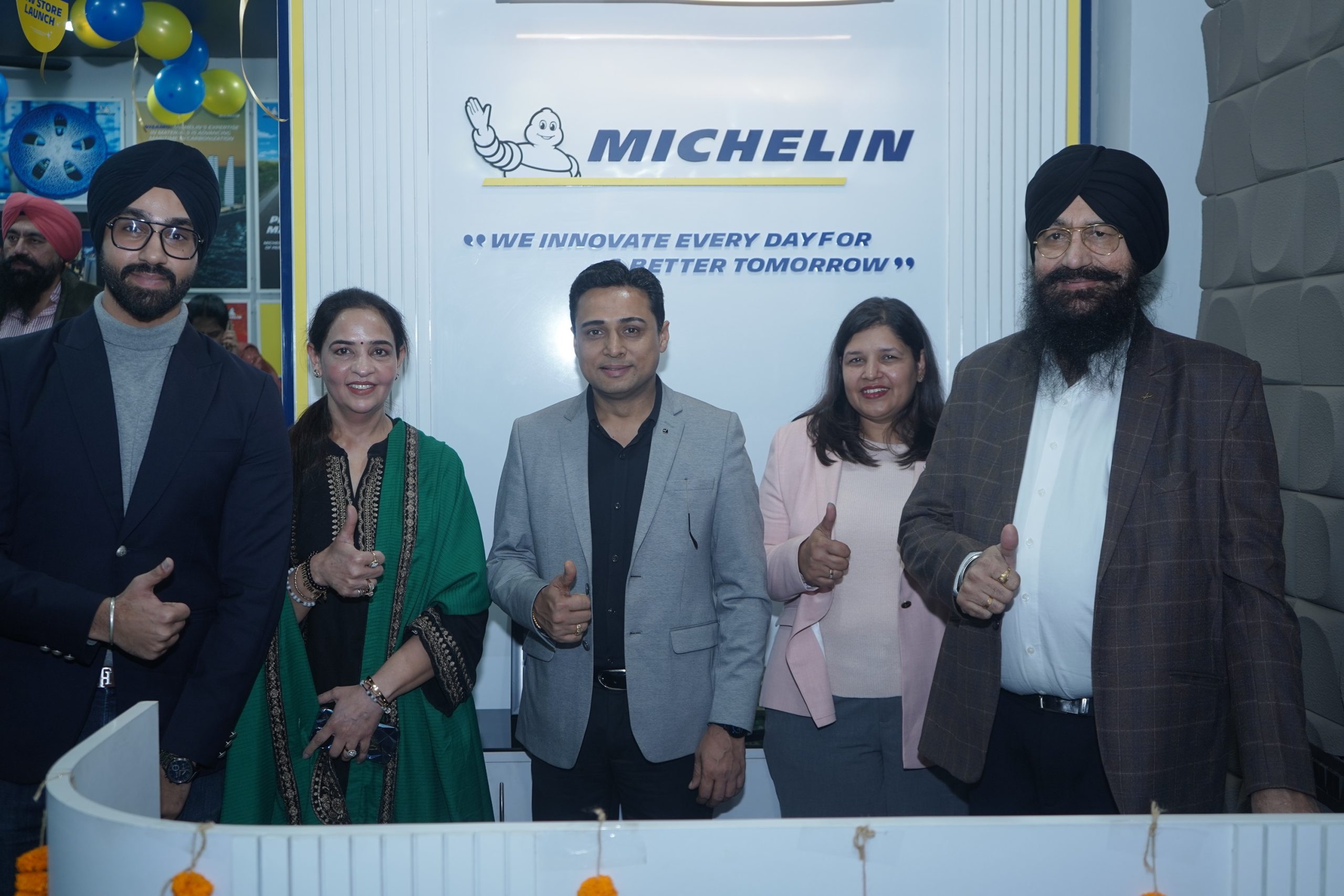


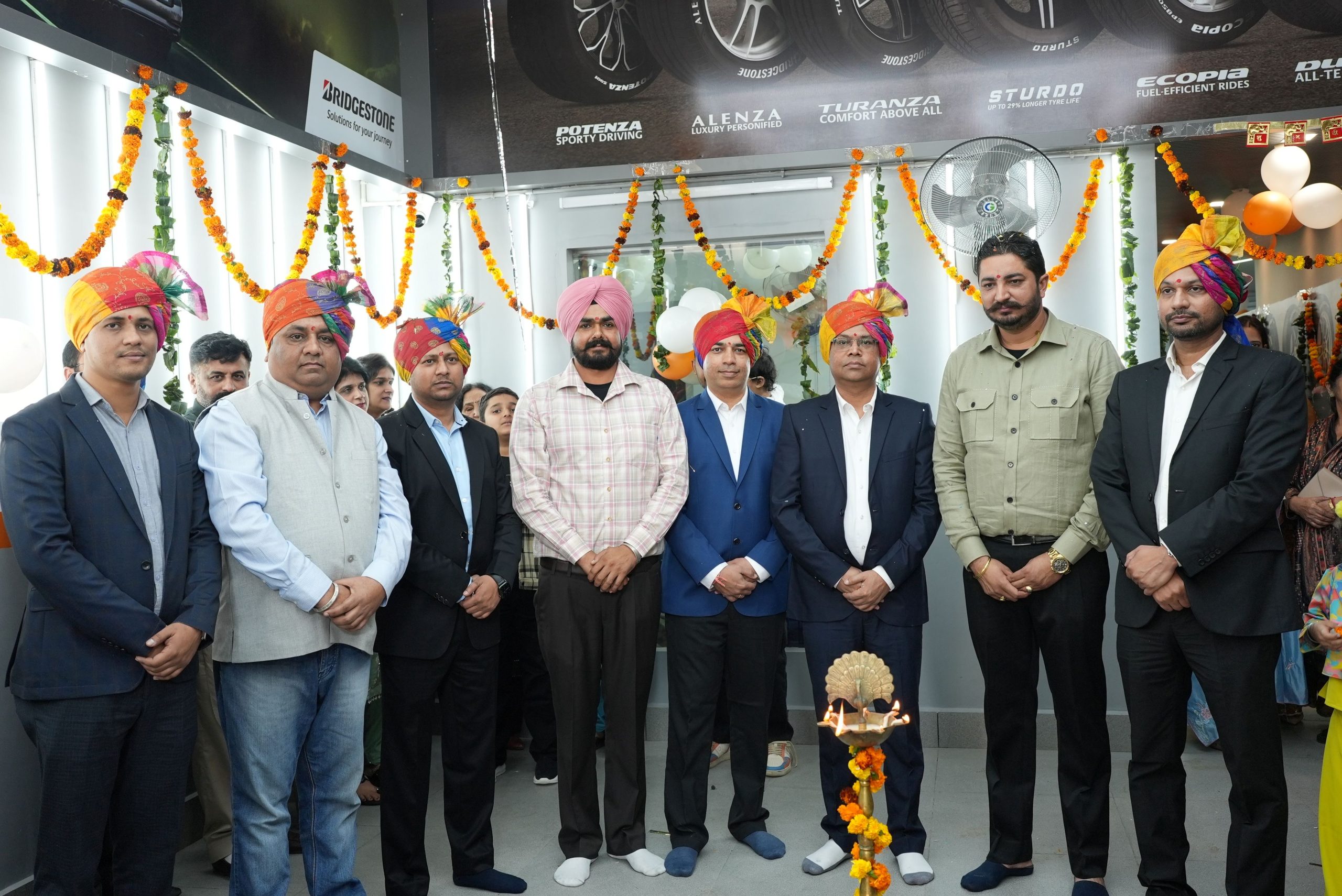

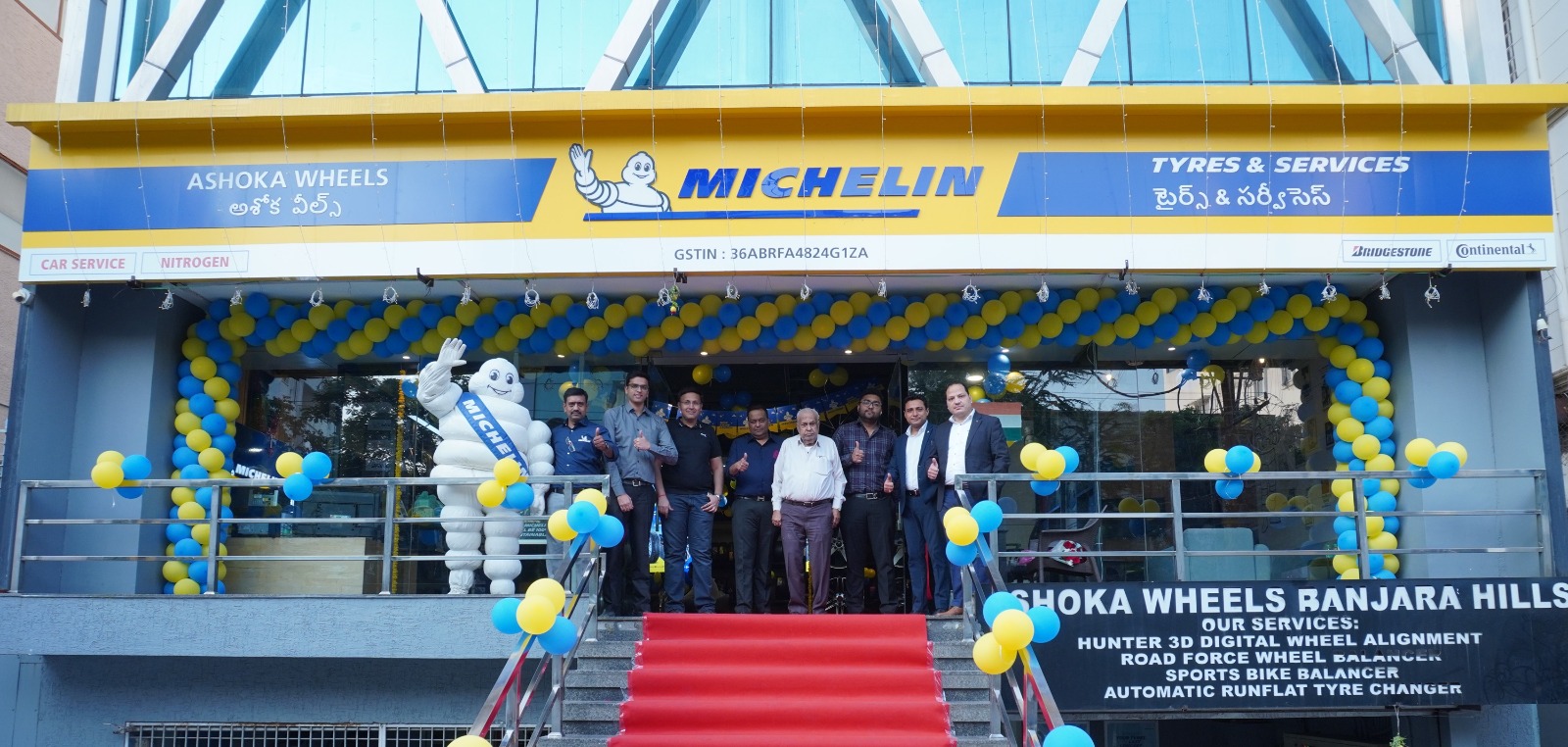
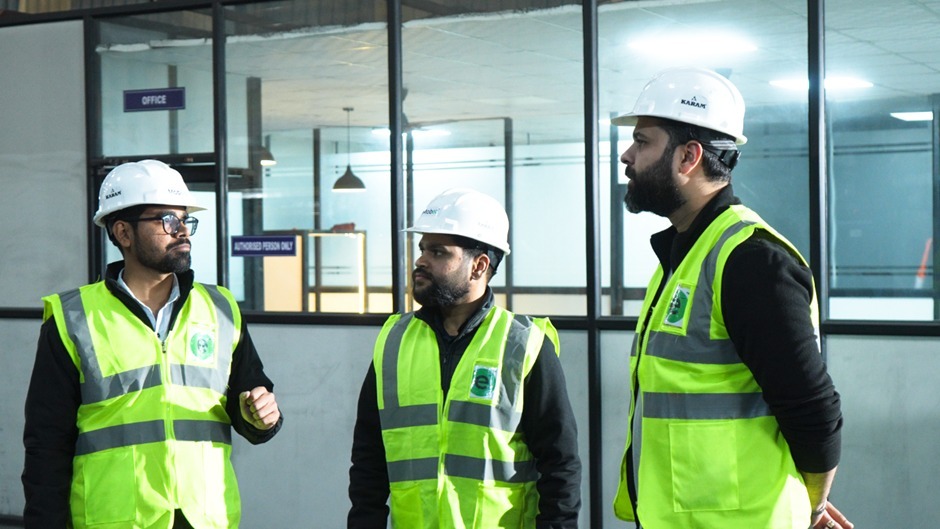
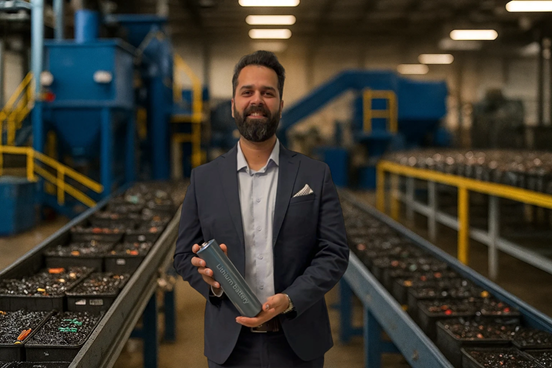
Leave a Reply